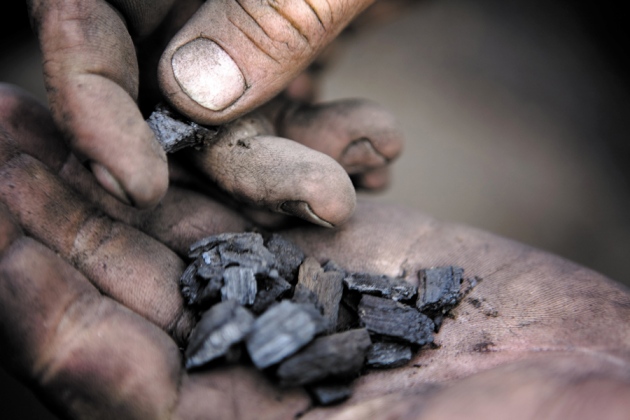
Agriculture: State-of-the-Art Soil : Biochar
For more than 150 years, the Brooklyn Navy Yard constructed vessels that helped to stop the slave trade from Africa, lay the first undersea telegraph cable and end the Second World War. Now, this sprawling industrial facility in New York City is filled with artists, architects, producers of artisanal moonshine and people growing organic vegetables. On a drizzly day in autumn, Ben Flanner tends a sea of red and green lettuce on a 6,000-square-metre rooftop farm.
January 14, 2015 | Source: Nature.com | by Rachel Cernansky
For more than 150 years, the Brooklyn Navy Yard constructed vessels that helped to stop the slave trade from Africa, lay the first undersea telegraph cable and end the Second World War. Now, this sprawling industrial facility in New York City is filled with artists, architects, producers of artisanal moonshine and people growing organic vegetables. On a drizzly day in autumn, Ben Flanner tends a sea of red and green lettuce on a 6,000-square-metre rooftop farm.
The soil beneath the plants looks ordinary, but Flanner grabs a handful and holds it up for inspection. Amid the brown clods of dirt are small black particles — remnants of charcoal fragments that were mixed into the soil two years ago. Flanner thinks that this carbon-rich material, known as biochar, has helped the crops to thrive, possibly even increasing their yield, and he hopes for more impressive results over the next few years.
Across the United States, sales of this long-lasting soil additive have surged over the past few years, tripling annually since 2008, according to some estimates. The Biochar Company in Berwyn, Pennsylvania — which supplied Flanner's Brooklyn farm — sells it both wholesale and direct to consumers, through outlets including Amazon and some Whole Foods stores. And countries ranging from China to Sweden are using biochar on agricultural fields and city lawns.
Proponents see big potential for the soil enhancer, which is produced by heating biological material — such as husks and other agricultural waste — in a low-oxygen chamber. Biochar can be made as a by-product of biofuel generation, so some companies are hoping to cash in on both products as demand grows for greener forms of energy.
Interest in biochar is also growing among scientists, who are quickly ramping up studies to test its potential. They are particularly interested in how the chemical and physical properties of biochar particles affect water moving through soil, remove pollutants, alter microbial communities and reduce emissions of greenhouse gases. The hope is that biochar can help farmers around the world, particularly those in Africa and other developing regions, who often struggle with poor soils.
Johannes Lehmann, a crop and soil scientist at Cornell University in Ithaca, New York, says that different types of biochar “have unique potential to mitigate some of the greatest soil-health constraints to crop productivity — for example, in highly weathered and sandy soils”.
